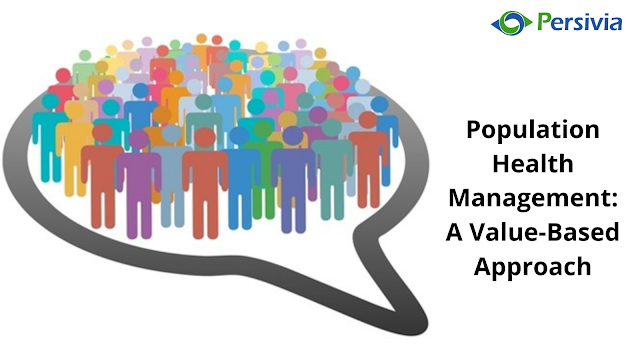Population Health Management: A Value-Based Approach
Population Health Management (PHM) is a preemptive, data-driven approach aimed to improve the health of a specific demographic through the participation of a specified network of financially related healthcare professionals. PHM has emerged as a key priority for healthcare organizations as they gear up for value-based financial compensation and risk contracting.
Population Health
Management Platform stratagems have
advanced steadily over the years, from PHM 1.0 (mid-1990s) through PHM 2.0
(about 2012) to PHM 3.0 (2020 and onwards). PHM 3.0 has moved beyond insurers
and providers to a marketplace in which PHM is a free and open application
programming interface that integrates the whole care continuum.
What PHM Challenges Must
Be Addressed?
Even with the PHM
progression to 3.0, fundamental hurdles in implementing a demographically
focused approach persist:
1. Creating a clinically integrated network is critical for obtaining
insights from the outpatient perspective.
2. Earning end-user satisfaction necessitates data analysis
transparency. Effectively conveying the optimum strategy for a specific patient
or demographic to an end-user (e.g., practitioner) involves insights
traceability.
3. Troubleshooting data accuracy and latency solutions aren't
competent enough to properly gather, filter, and standardize data.
When developing PHM
skill sets, healthcare organizations should evaluate a variety of elements,
including informatics, care practices, and practitioner ethos.
What is the impact of
Population Health Management on healthcare?
By researching the
patient population and identifying the most appropriate and efficient ways of
treating them, Population Health management Platform enables the shift
to value-based care.
PHM allows healthcare
transition by facilitating telehealth/telemedicine, remote patient monitoring,
and altering strategies and procedures linked with various levels of health risk.
The goal is to reduce the population's vulnerability to an acute onset of
treatment and chronic health issues.
Population Health
Management evolves through the successful use of software
for data acquisition, data management, predictive modeling, and business
intelligence.
Obtaining and
interpreting data helps clinicians to discover the patient population's most
pressing requirements. For example, if a significant proportion of a patient
group has a specific condition, such as hyperglycemia, hypertension, and the
accompanying socioeconomic determinants of health. PHM enables healthcare
professionals to forecast and evaluate patients at risk of hospitalization,
design treatment plans, and comprehend the health patterns of the patient
group.
In the face of
uncertainty, healthcare organizations can move forward with Pop Health
by adopting the standard practices of value-based care:
- Begin with Medicare
Advantage, which offers enormous potential and little entry hurdles.
- Prioritize outpatient services
over critical care due to cost-effectiveness.
- Employ registries to find
influential participants.
- Concentrate
on realistic strategies to relieve clinicians' stress.


.png)
Comments
Post a Comment
Please do not enter any spam link in the comment box